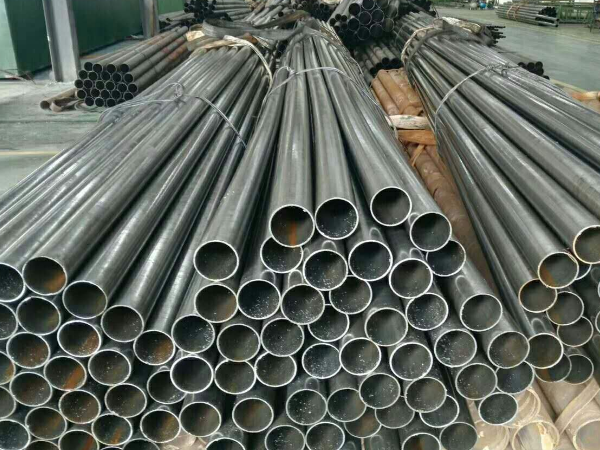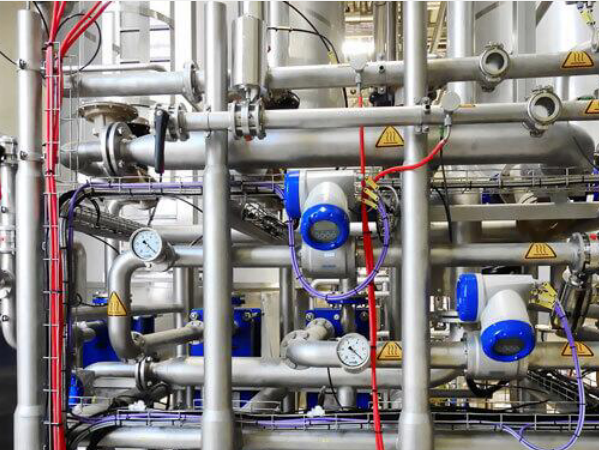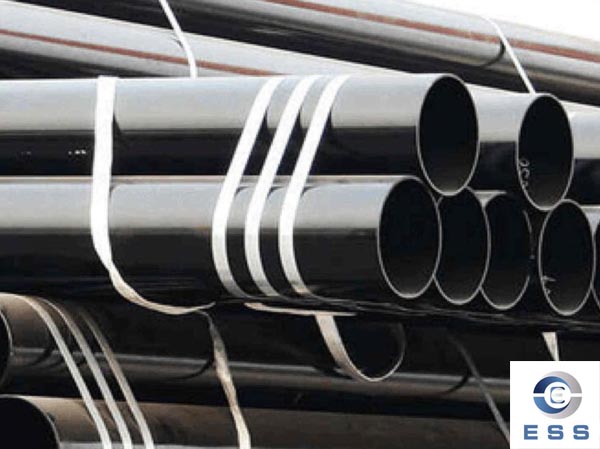¿Qué son las tuberías de acero dulce?
Como su nombre indica, las tuberías de acero con bajo contenido de carbono son tuberías de acero con un contenido de carbono bajo. En general, se diferencian de las tuberías de acero al carbono sin costura. Las tuberías de acero con bajo contenido de carbono son aquellas con un contenido de carbono inferior al 0,3 %. Los tubos de acero dulce sin costura pertenecen a este grupo. Además de las tuberías de acero generales, las tuberías de acero para calderas de baja y media presión, las tuberías de acero para calderas de alta presión, las tuberías de acero aleado, las tuberías de acero inoxidable, las tuberías de craqueo de petróleo y otras tuberías de acero, las tuberías de acero con bajo contenido de carbono también incluyen las tuberías de acero de pared delgada al carbono, las tuberías de acero aleado de pared delgada y las tuberías de acero inoxidable de pared delgada. , Tubería de acero conformada.
El acero con bajo contenido de carbono también se denomina acero dulce debido a su baja resistencia, baja dureza y blandura. Incluye la mayoría de los aceros estructurales al carbono comunes y algunos de alta calidad. La mayoría de estos se utilizan para la ingeniería de piezas estructurales sin tratamiento térmico, y algunos se emplean para piezas mecánicas que requieren resistencia al desgaste tras la carburación y otros tratamientos térmicos. El acero de bajo carbono, con un contenido de carbono de entre el 0,10 % y el 0,30 %, es fácil de procesar en diversas aplicaciones, como forja, soldadura y corte, y se utiliza a menudo en cadenas, remaches, pernos, ejes, etc.
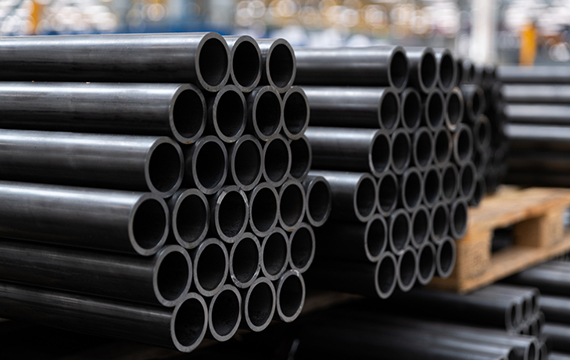
Acero calibre 20
El acero calibre 20 se refiere a un contenido de carbono del 0,2 %, que corresponde al acero de bajo carbono. El acero se divide en acero de bajo carbono, acero de medio carbono y acero de alto carbono.
Contenido de carbono: el acero de bajo carbono generalmente es inferior al 0,25 %; el acero de medio carbono generalmente está entre el 0,25 % y el 0,60 %; el acero de alto carbono generalmente es superior al 0,60 %.
Además del carbono (C) y una cierta cantidad de silicio (Si) (generalmente no superior al 0,40 %) y manganeso (Mn) (generalmente no superior al 0,80 %, hasta el 1,20 %), elementos de aleación para la desoxidación, el acero no contiene otros elementos de aleación (excepto elementos residuales).
Generalmente, aquellos con un contenido de carbono inferior al 0,02% se denominan hierro forjado, aquellos con un contenido de carbono superior al 2,11% al 4,3% se denominan arrabio, y los que se encuentran en un rango intermedio son acero.
1. Características
Este acero pertenece al grupo de los aceros de bajo carbono de alta calidad, extruidos en frío, cementados y endurecidos. Presenta baja resistencia, buena tenacidad, plasticidad y soldabilidad. Su resistencia a la tracción es de 253-500 MPa y su elongación es ≥24%.
Las características del acero 20 son básicamente similares a las del acero 15, pero su resistencia es ligeramente superior. Usos: Adecuado para la fabricación de piezas pequeñas y medianas de carbonitruración cementada y otras piezas no esenciales en la fabricación de automóviles, tractores y maquinaria en general, como zapatas de freno de mano, ejes de palanca, horquillas de caja de cambios, engranajes pasivos de transmisión y otras piezas de automóviles. Árboles de levas en tractores, ejes de ecualizadores de suspensión, bujes interiores y exteriores de ecualizadores, etc.; se utiliza para fabricar diversas piezas mecánicas que no están sometidas a esfuerzos, pero que requieren alta tenacidad durante el laminado en caliente o el normalizado; en la fabricación de maquinaria pesada y mediana, como tirantes forjados o prensados, grilletes, palancas, manguitos, abrazaderas, etc. En la industria de fabricación de turbinas de vapor y calderas, se utiliza principalmente para tuberías, bridas, colectores y diversos elementos de fijación que funcionan en medios no corrosivos con una presión ≤6 N/cuadrado y una temperatura ≤450 °C; se utiliza para fabricar cruces en ferrocarriles y material rodante, cabezas, pistones y otras piezas fundidas.
El normalizado puede promover la esferoidización del acero, refinar la ferrita proeutectoide de gran tamaño y mejorar el rendimiento de corte de piezas brutas de menos de 160 HBS. El proceso de fabricación de la pieza de molde de acero es el siguiente: troquelado → forjado de la pieza en bruto → recocido → mecanizado de desbaste → moldeo por extrusión en frío → recocido de recristalización → acabado mecánico → cementación → temple y revenido → rectificado y pulido → ensamblaje.
2. Estado de suministro y dureza
Sin calentar, dureza ≤ 156HBS.
3. Composición química
Composición química del acero estándar JB/T 6057-92 (fracción másica, %)
|
C
|
Si
|
Mn
|
P
|
S
|
Ni
|
Cr
|
Cu
|
|
0.17~0.23
|
0.17~0.37
|
0.35~0.65
|
≤0.035
|
≤0.035
|
≤0.30
|
≤0.25
|
≤0.25
|
3. Número de acero correspondiente
El número de acero de la norma GB/JB de China es 20; el de la norma CNS de Taiwán es S20C; el de la norma DIN alemana es 1.0402; el de la norma DIN alemana es CK22/C22; el de la norma BS británica es IC22; el de la norma AFNOR francesa es CC20; el de la norma NF francesa es C22; el de la norma UNI italiana es C20/C21; el de la norma NBN belga es C25-1; el de la norma SS sueca es 1450; el de la norma UNE española es F.112; el de la norma AISI/SAE americana es 1020; y el de la norma JIS japonesa es S20C/S22C.
4. Propiedades mecánicas
Temperatura de transición de fase (valor aproximado): Ac1 = 735 °C, Ac3 = 855 °C, Ar3 = 835 °C, Ar1 = 680 °C
Temperatura de normalización especificada: 920 ~ 950 °C, enfriamiento por aire al salir del horno. Dureza: 131 ~ 156 HBS.
Especificaciones para el tratamiento de ablandamiento de piezas prensadas en frío: Temperatura: 700 ~ 720 °C, tiempo de mantenimiento: 8 ~ 15 h. Posteriormente, a una velocidad de enfriamiento de 50 ~ 100 °C/h, la temperatura se reduce con el horno a ≤550 ~ 600 °C y se enfría por aire.
5. Tratamiento
La dureza antes del tratamiento es ≤143 HBS y la dureza después del ablandamiento es ≤131 HBS. Temperatura de temple: 910 °C ± 10 °C, enfriamiento con salmuera de NaCl al 10 %.
Límite elástico medido: fy = 245 MPa, módulo elástico: E = 206 Gpa, coeficiente de Poisson: ν = 0,3.
La resistencia al corte es de 275 a 392 MPa, la resistencia a la tracción es de 253 a 500 MPa, el límite elástico es de 275 MPa y el alargamiento es del 25 %.
La temperatura de recocido es de tan solo 600 a 650 grados y el tiempo de mantenimiento es de 1 a 2 h.
6. Tensión admisible
La tensión admisible del acero n.° 20 a 225 °C (16-36 mm) está entre 111 y 124 MPa. (6-16 mm) entre 117-131 MPa
Tensión admisible del acero n.° 20 a 100 °C: 108 MPa
Características de los tubos de acero dulce
Los tubos de acero dulce se caracterizan por su gran dureza, buena tenacidad, resistencia a la corrosión, resistencia a altas temperaturas y excelente resistencia al impacto. La superficie de los tubos de acero con bajo contenido de carbono es compacta y ofrece numerosas ventajas. Incluso se pueden galvanizar cuando se requiere protección adicional contra la corrosión. Su rápida velocidad de conformado, alto rendimiento y no daña el recubrimiento permiten fabricarlos en diversas secciones transversales para satisfacer las necesidades de las condiciones de uso.
Aplicación de los tubos de acero dulce
Los tubos de acero dulce son una herramienta esencial en diversas áreas de la construcción, incluyendo aplicaciones industriales, proyectos de transporte e incluso obras de arquitectura.
Según la cantidad de carbono, el hierro se suele dividir en acero con alto contenido de carbono, acero con medio contenido de carbono y acero con bajo contenido de carbono. Cuanto mayor sea el contenido de carbono, más duro será el hierro, menor será su tenacidad y más fácil será de romper. El acero de bajo carbono se lamina generalmente en acero angular, acero de canal, vigas en I, tubos de acero, flejes o placas de acero, y se utiliza para fabricar diversos componentes de construcción, contenedores, cajas, hornos y maquinaria agrícola. Asimismo, los tubos de acero de bajo carbono son una herramienta importante en muchos campos de la construcción, incluyendo aplicaciones industriales, proyectos de transporte e incluso obras de construcción.
¿Cuál es la diferencia entre el acero de alto carbono y los tubos de acero dulce?
1. Diferencia en tenacidad
La estructura recocida del acero de bajo carbono es ferrita y una pequeña cantidad de perlita, lo que le confiere baja resistencia y dureza, y buena plasticidad y tenacidad. Por lo tanto, su conformabilidad en frío es buena y puede conformarse en frío mediante rizado, doblado, estampado y otros métodos. Tras un tratamiento térmico adecuado o un endurecimiento por estirado en frío, el acero con alto contenido de carbono presenta alta resistencia y dureza, altos límites elásticos y de fatiga, y un rendimiento de corte aceptable, pero deficientes en soldadura y deformación plástica en frío.
2. Diferencias de aplicación
El acero con bajo contenido de carbono presenta buena soldabilidad. Con un contenido de carbono de entre el 0,10 % y el 0,30 %, se adapta fácilmente a diversos procesos, como forjado, soldadura y corte, y se utiliza a menudo para fabricar cadenas, remaches, pernos, ejes, etc. El acero con alto contenido de carbono se utiliza principalmente para fabricar resortes y piezas resistentes al desgaste. El acero para herramientas con alto contenido de carbono prácticamente no añade elementos de aleación. Además, es un acero para herramientas de bajo coste, buena trabajabilidad en frío y en caliente, y una amplia gama de aplicaciones.
3. Diferentes contenidos de carbono
El acero con bajo contenido de carbono es un acero con un contenido de carbono inferior al 0,25 %, que presenta baja resistencia y dureza, buena plasticidad y tenacidad. El acero con alto contenido de carbono a menudo se denomina acero para herramientas y su contenido de carbono varía del 0,60% al 1,70%, con alta resistencia y dureza, alto límite elástico y límite de fatiga, rendimiento de corte aceptable, pero bajo rendimiento de soldadura y capacidad de deformación plástica en frío.
Leer más: Diferencia entre tubería de acero dulce y tubería de acero al carbono o Introducción de tubería de acero dulce









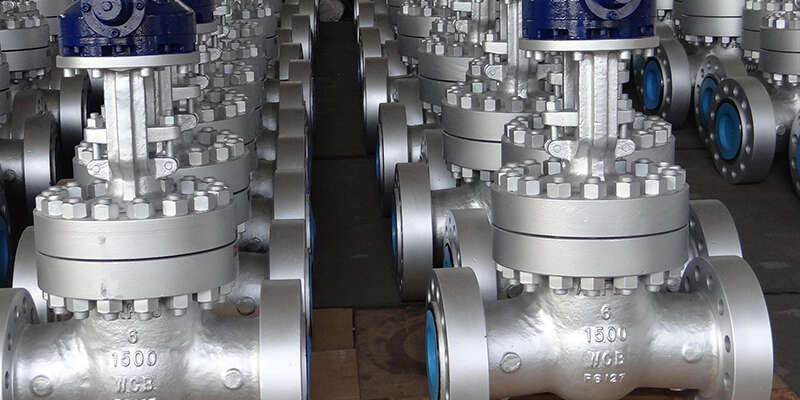
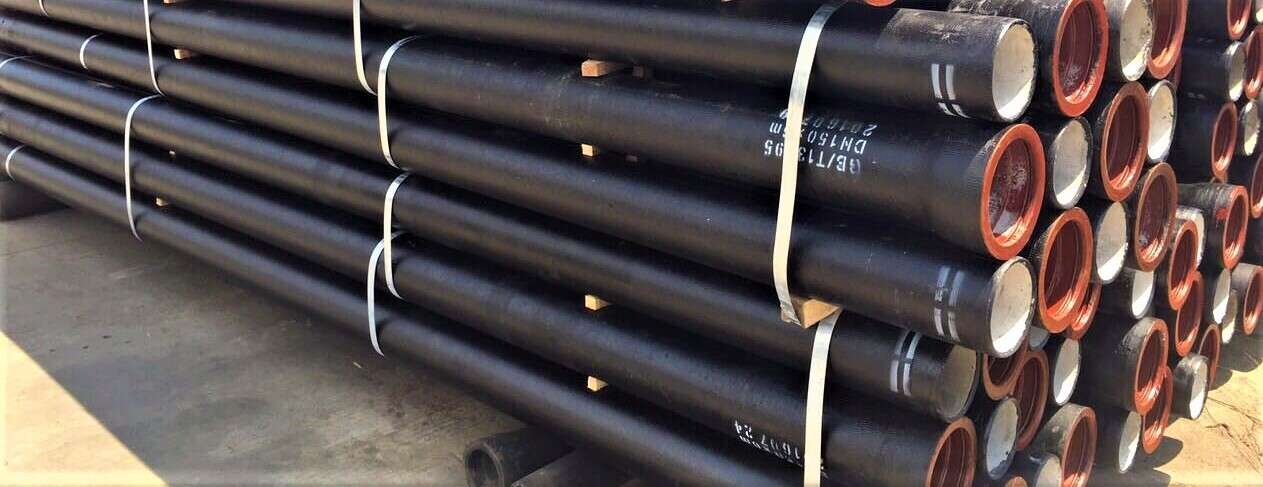


 Eastern Steel Manufacturing Co., Ltd no solo mejora la producción de productos y los servicios de venta, sino que también brinda servicios adicionales de valor agregado. Siempre que lo necesite, podemos completar sus necesidades específicas juntos.
Eastern Steel Manufacturing Co., Ltd no solo mejora la producción de productos y los servicios de venta, sino que también brinda servicios adicionales de valor agregado. Siempre que lo necesite, podemos completar sus necesidades específicas juntos.







